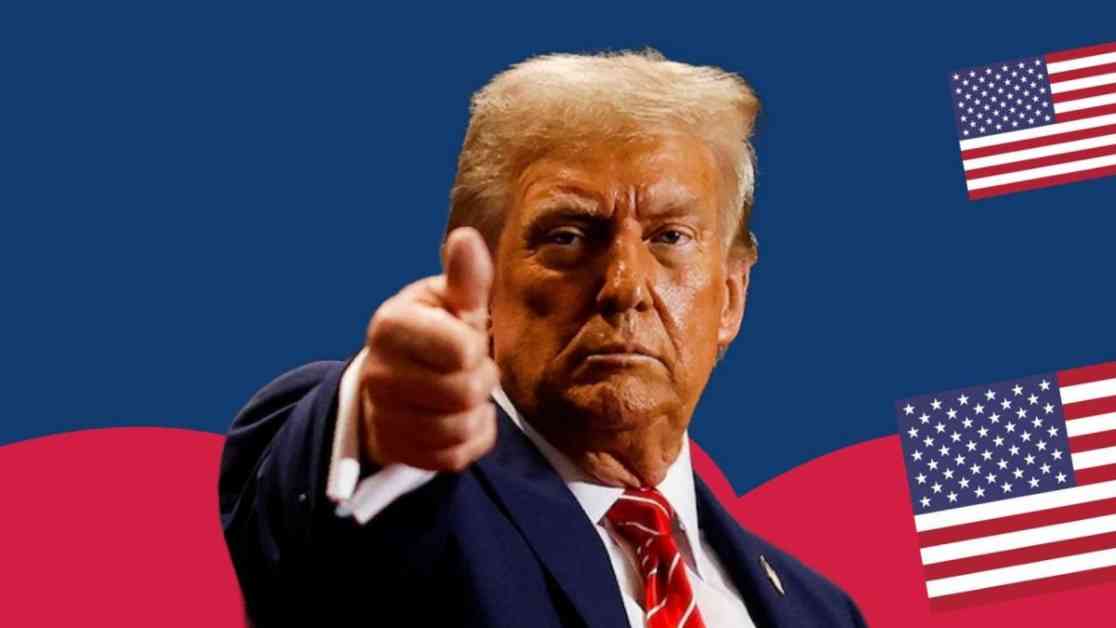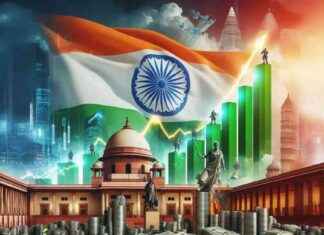Alright, so let’s dive into this whole India vs. U.S. iPhone manufacturing debate, shall we? So, here’s the deal – even with a 25% tariff, India still comes out as the winner. I mean, a $1,000 iPhone made in India would only have a $250 tariff slapped on it. Toss in the $30 assembly cost, and you’re looking at a total of $280. And guess what? That’s still way cheaper than getting it assembled in the good ol’ U.S. of A.
Government support is another ace up India’s sleeve. With their Production-Linked Incentive (PLI) scheme, Apple gets some sweet financial incentives for local manufacturing, which just brings down the costs even more. And even though Donald Trump is waving around his tariff wand, a 25% duty on Made-in-India iPhones wouldn’t even make them pricier than the U.S.-made ones. Talk about a slam dunk for India, right?
Now, let’s break it down a bit more. Over in India, putting together an iPhone costs Apple around $30. But if they were to do the same thing in the U.S., it would set them back a whopping $390. And the main culprit? Labor costs, my friends. Indian assembly workers make about $230 a month, while their American counterparts, especially in places like California, rake in about $2,900 a month. That’s a 13x difference, in case you were wondering.
But hey, even with that 25% tariff, India still has the upper hand. A $1,000 iPhone made in India would only have a $250 tariff. Add that to the $30 assembly cost, and voila – you’ve got a total of $280. And that, my friends, is still a steal compared to the U.S. assembly costs alone.
The iPhone’s value chain is a global affair. Apple keeps $450 for all the branding, design, and software jazz. U.S. chipmakers chip in $80, Taiwan adds $150 worth of chips, South Korea throws in $90 for OLED and memory, Japan supplies $85 for camera modules, and other countries like Germany, Vietnam, and Malaysia bring in another $45. And where does the final assembly take place? Well, it’s less than 3% of the total value, whether in India or China.
And let’s not forget about that sweet, sweet government support in India. Thanks to the PLI scheme, Apple gets some nice financial incentives for local manufacturing, cutting down on costs even more. JPMorgan’s analysis is singing the same tune as GTRI’s findings. They estimate that shifting iPhone assembly from China to India would only bump up costs by a measly 2%. But if Apple were to move production to the U.S.? Well, that would spike costs by a whopping 30%.
The bottom line here is crystal clear – even with tariffs in the picture, Indian-assembled iPhones are still the way to go. For Apple, India isn’t just some low-cost hub. It’s the golden ticket to staying competitive in a world where tariffs are flying left and right. So, maybe it’s time to give India a big ol’ high-five for being the cost-effective champ in this tariff-fueled global market.
And that’s a wrap, folks. India for the win!























